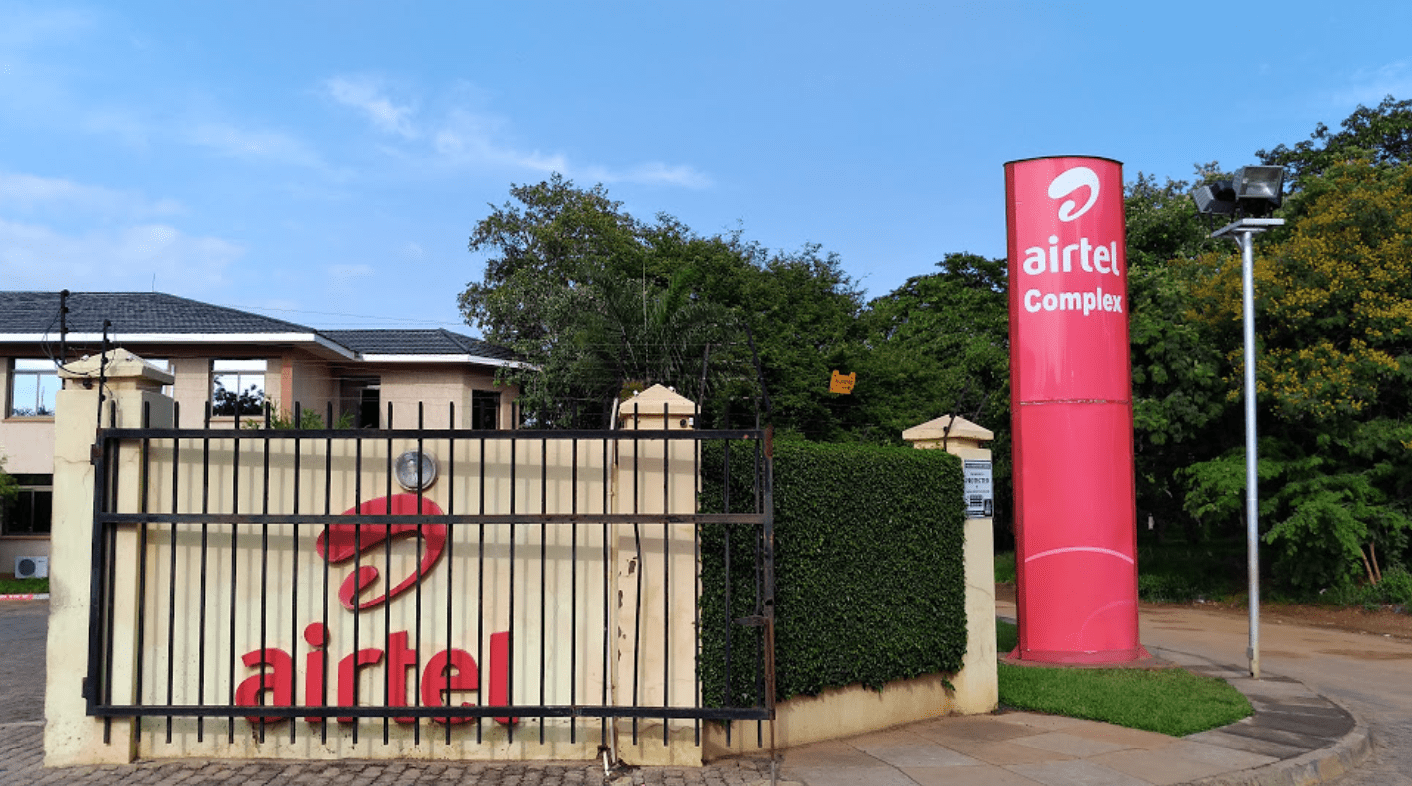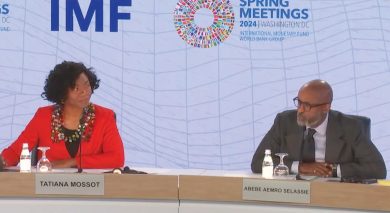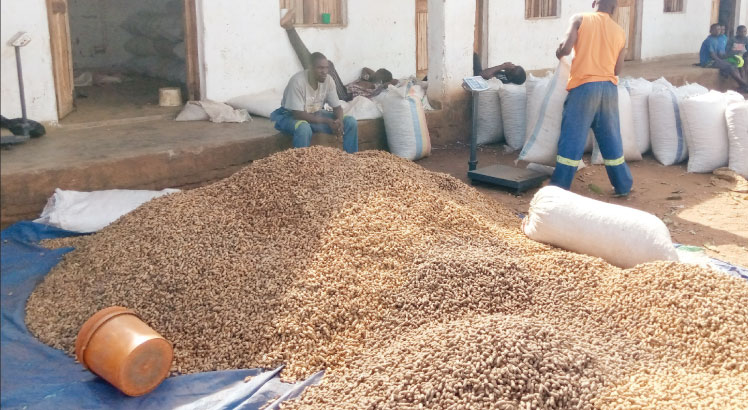‘Malawi has low bank access’
 Malawi is one of the countries with low access to commercial banks in the Eastern and Southern Africa (ESA) Region, an International Monetary Fund (IMF) survey has revealed.
Malawi is one of the countries with low access to commercial banks in the Eastern and Southern Africa (ESA) Region, an International Monetary Fund (IMF) survey has revealed.
According to IMF’s Financial Access Survey (FAS), Malawi has 1.09 banks per 100 000.
Seychelles tops countries with the highest access to banks in the region with 37.21 banks per 100 000 adults while Mauritius has 21.29, South Africa 10.71, Zambia 4.40 and Mozambique 3.64.
Below Malawi on the IMF ranking are the Democratic Republic of Congo (DRC) with 0.66 and South Sudan, which became independent a year ago, with 0.50 bank branches per 100 000 adults.
The survey also shows that Malawi has 0.93 commercial banks per 1 000 square kilometres (km), meaning people travel an average of 35km to access banking services.
The survey confirms what financial analysts have been saying all along that Malawi’s low access to banking services is a big challenge to the country’s vision of moving from a “predominantly importing and consuming country to a predominantly producing and exporting oneâ€.
They argue that the situation is also likely to pose some challenges to both the National Export and Economic Recovery strategies which seek to diversify the economy and end the country’s challenges.
The Malawi economy is currently bedevilled by high unemployment levels, high inflation and lending rates, and fuel and foreign exchange shortages that have forced some companies to downsize and others to close businesses.
The survey also shows that Malawi has 286.75 (household and corporate) deposit accounts, 159.55 household deposit accounts, 17.23 (household and corporate)Â loan accounts and 14.38 household loan accounts per 1 000 adults.
Institute of Bankers in Malawi (IOB) executive director Lyness Nkungula said banks are trying to reach out to as many people as possible despite the low saving culture in the country.
“Banks have invested in armoured vehicles with the aim of reaching out to rural areas. Some have gone to the extent of opening kiosks in markets to reach out to as many people as possible,†said Nkungula.
She said banks have made progress in financial inclusion since the 2008 Finscope study having improved customer base from 18 percent to around 29 percent to date.
The study reported that 55 percent of the population is financially excluded and among people with financial access, only 26 percent were formally banked.
The survey identified limited accessibility of financial service points (branches and outlets), high transaction costs, capacity constraints and crowding effect of the public sector as key barriers to financial access.
Nkungula also cited poor infrastructure such as roads, telecommunication services, poor security, intermittent power supply, high taxes on ATM equipment as some of factors frustrating local banks in their campaign for financial inclusion.
Â





